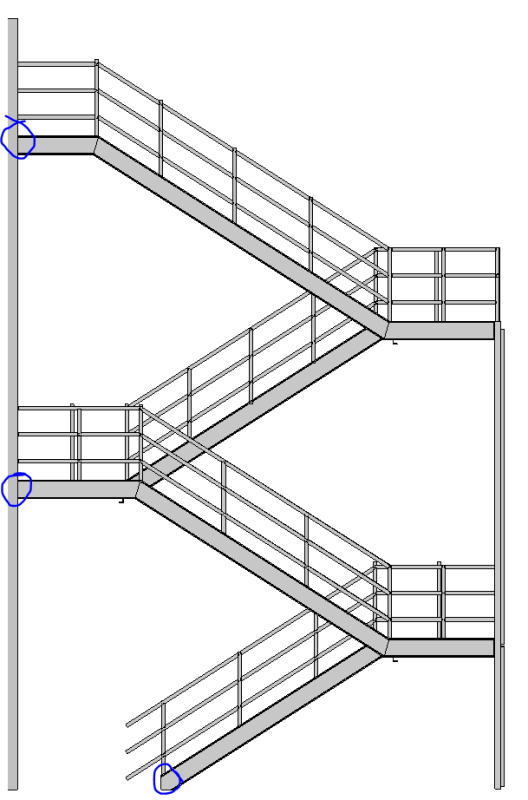I have never seen stairs designed as part of the lateral force resisting system. I am not saying that it can't be done. But here are a few reasons not to use then in high seismic areas:
1. It will be tough to detail stairs as an Ordinary Concentric Braced Frame; columns (similar to zipper columns) may be needed at the stringer to beam connections. Even harder (more than likely impossible) to detail them as a Special Concentric Braced Frame. If the building is in Seismic Design Category C or lower, a Steel System Not Detailed for Seismic Resistance may be used.
2. The stairs would need to included in the lateral analysis and there is a good chance the stringers will attract large loads requiring stout connections, robust stringers and a real foundation. Depending on where the stairs are located in plan, they could cause torsional irregularities (playing the devil's advocate, they might also be used to tame torsional irregularity).
3. Unless there is some huge architectural constraints, it probably is a lot more trouble than it is worth. I am guessing the stair cost will significantly increase with negligible savings on the rest of the lateral system.
4. If you need steel braced frame in the lateral system, it is easier to add a real one.
5. I don't think it is not a good idea to use a critical life safety component as part of the seismic force resisting system. The stairs could experience inelastic deformations. I wouldn't feel comfortable using a lateral element for evacuation after an earthquake. If it has to be done, I would want them to be extremely robust and designed to remain elastic.
I am with the others who say design it as a component per chapter 13. If they are egress stairs, don't forget to use Ip = 1.5 since they are needed for life safety.

